Panasonic Lumix S 85mm f1.8 Lens Review:
When the L Mount Alliance was first established, there weren’t many lenses out there but things have changed quite a bit. Nowadays, there are a lot more to choose from lenses with actual L mount to ones that can be used with adapters. For instance, for those looking for a short tele lens, there are several options, and at several different price ranges as well. One is the Panasonic Lumix S 85mm f1.8., which retails for just $597.99. On paper, it has a lot of great features to like being compact, lightweight, and having a large maximum aperture, just to name a few. After spending some time with it, here’s what I think of it.
Thanks for taking the time to read my review! If it helped, please consider purchasing from any of the links mentioned in this post, which in turn, helps support this site. I get a small commission but it will not cost you anything extra. Thank you!
Panasonic Lumix S 85mm f1.8 Lens Build Quality:
Let’s first take a look at the overall build. The Lumix S 85mm f1.8 is made from mostly polycarbonate, and while that does make it feel a bit cheaper to me (mainly because it feels a little lighter), I’m happy to report that it’s still a very solid optic that is well made. There are no creaks, rattles or any signs that this lens will fall apart anytime soon. There’s also a focus ring with a large rubberized grip, which I found the action to be smooth overall. Moreover, this lens is dust, moisture, and freeze resistant, which makes it something you can definitely take with you even when the weather isn’t ideal. Overall, the lens is built well with the only complaint for some, I imagine, being maybe the lack of image stabilization. In my opinion though, I don’t find this a huge issue, especially since many L mount cameras already have in-body stabilization.
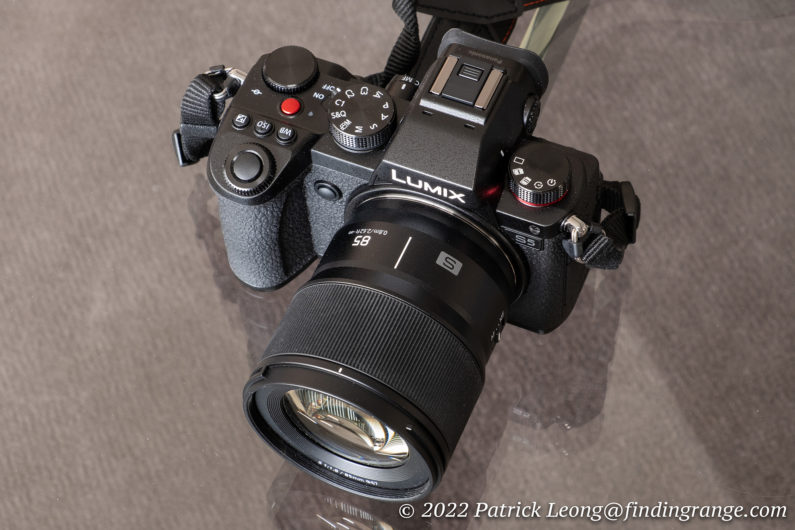
↑ The Panasonic S5 with the Lumix S 85mm f1.8 attached.
Besides being well made, the 85mm f1.8 has great ergonomics. One major complaint with L mount when it first started were the lenses being large and heavy. Now, I’m a firm believer in always using the right lens for the job even if that means I have to carry something huge and heavy. The image is what’s important to me. However, it’s not alway required, and it’s good to have variety in a system. Not everyone needs the largest maximum aperture possible, for example, and may prefer something smaller and lighter instead. Weighing in at just 12.5 oz/355 g, the 85mm f1.8 is definitely pretty light. It also measures just 2.9 x 3.2″/73.6 x 82 mm, and has a 67mm filter thread making it compact as well.
This is the type of lens that you can definitely carry around with you, and not feel fatigued at the end of the day. During my time with it, I used the 85mm f1.8 mainly with the Panasonic S5, which as some of you know, is already a very compact full frame camera. It’s roughly the same size as my Fuji X-T3, and smaller than Panasonic’s own GH5, which is camera that has a micro four thirds sensor. Together, I found this combo great for walking around the streets of New York City. In fact, I was even able to shoot the combo with just one hand without feeling hand strain or getting blurred out photos. I easily tucked the combo under my arm, when I wanted to conceal it, and I didn’t find it drew too much attention. I was taking pictures without being noticed much. It’s also worth noting that in general, this lens is great for travel. Besides being light, it just doesn’t take up much room in a bag either.
Lastly, the Lumix S 85mm f1.8 does come with a lens hood. There’s a lock button on it, so it will stay pretty secure on the lens. I’ll admit, I didn’t use the lens hood much because I really liked the size of the lens without it.
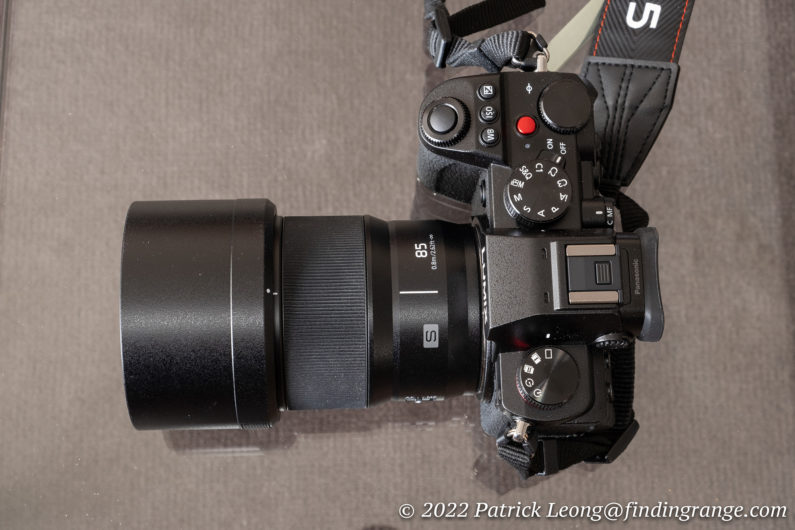
↑ Here’s the lens hood.
Panasonic Lumix S 85mm f1.8 Lens Autofocus:
As for autofocus, the 85mm f1.8 uses a linear AF motor, which I found to perform great. First off, the autofocus is pretty much silent. If you’re at a concert, at a wedding or you’re just taking candids, this is definitely a lens that will be up for the task at hand. I don’t do much video but I imagine it will also be great for that as well.
Moreover, I found the autofocus to be fast and accurate. I tried the lens in a variety of situations from stills to faster moving subjects, and I’m glad to say that it performed quite well. For instance, I took the 85mm f1.8 with me to the Chinese Lunar New Year Parade this year (2022) here in New York City, and was very happy with how this lens was able to accurately lock on to fast moving subjects like the performers and lion dancers. Lighting conditions weren’t always ideal, and there was plenty of debris flying around from the confetti poppers yet this lens did a great job getting me the photos I wanted. Speaking of, focus hunting seems to be kept to a minimum as well in situations ranging from good lighting to dimly lit areas. Overall, the performance has been excellent.
Panasonic Lumix S 85mm f1.8 Lens Image Quality:
The image quality of the Lumix S 85mm f1.8 is also fantastic making it a very solid performer overall. There’s really not much to complain about here. If you’re after a lens that is just going to give you some great images, look no further.
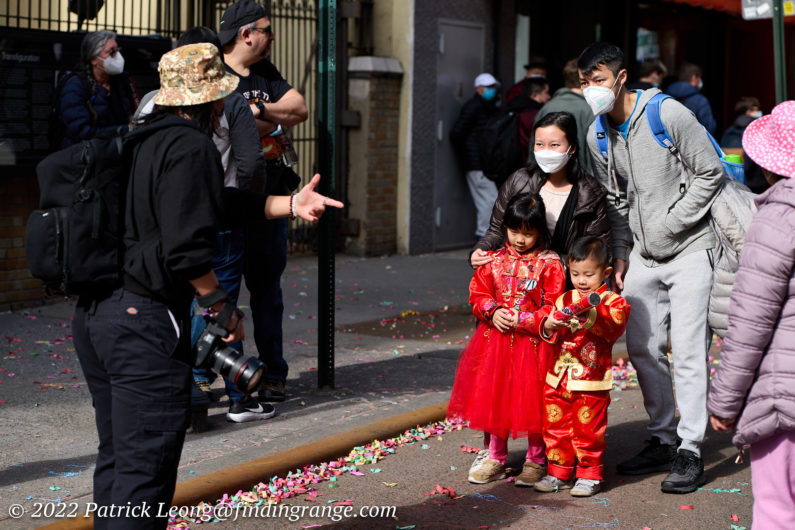
↑ This was taken using 100 ISO and f4.
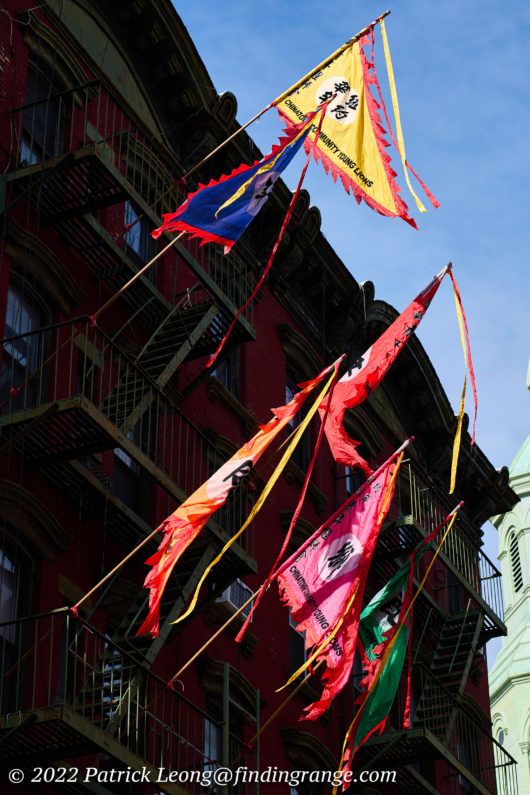
↑ This photo was taken using f8 and 100 ISO.

↑ Here’s a photo taken using f3.2 and 640 ISO.
It’s starts off with sharpness, which is downright excellent pretty much throughout the aperture range. In fact, the edges and corners are nearly as sharp as the center when you take a picture at the wide open aperture of f1.8. It’s pretty impressive, and as you stop down to say f2.8 to f4, sharpness throughout the frame improves only just a bit, since I already feel sharpness at f1.8 is so good. This is really one of those lenses you can expect to produce high quality images throughout its aperture range. Overall, if you’re looking for something razor sharp, this is definitely an option to consider.

↑ This was taken using 100 ISO and f8.

↑ Here’s a 100% crop of the photo above.
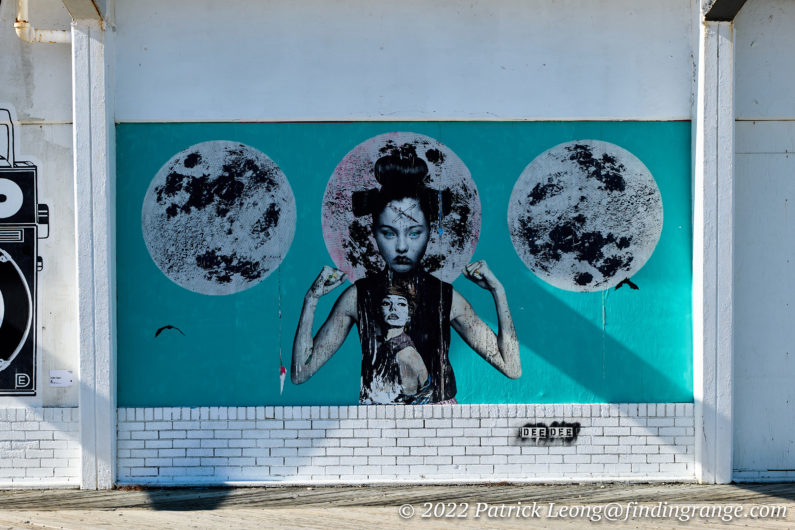
↑ This was taken in Asbury Park NJ using f7.1 and 100 ISO.

↑ Here’s a 100% crop of the photo above.

↑ This was taken with 100 ISO and f1.8.

↑ Here’s a 100% crop of the photo above.
As for other features, vignetting for instance, is pretty well controlled. There is some at f1.8 but nothing out of the ordinary, and certainly nothing to worry about in my opinion. Stopping down a bit helps quite a bit, and by the time you reach f2.8, nearly all of it is gone. It’s also worth noting that under normal shooting conditions, (not purposely trying to make the lens flare), I didn’t really experience any flare. Color and contrast are good as well. There really isn’t a problem with chromatic aberrations. Overall, the Lumix S 85mm f1.8 is an impressive performer, especially when you consider the price, which is $597.99.

↑ This was taken using 1250 ISO and f5.6.
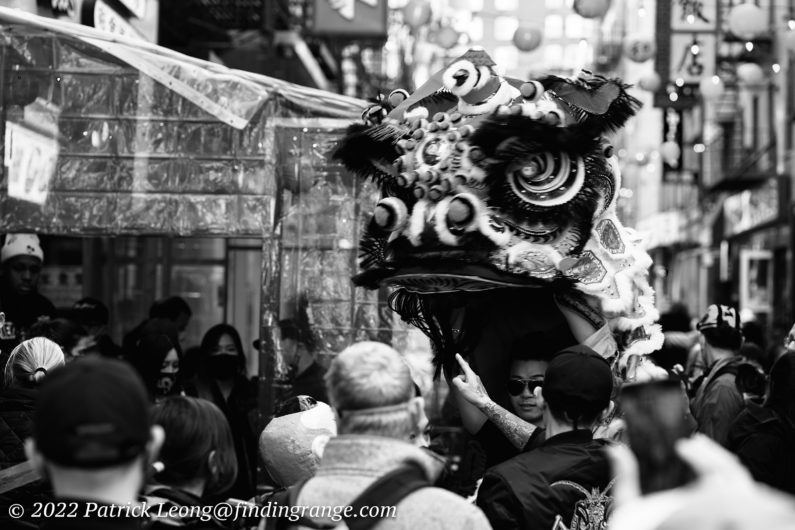
↑ This was taken with 400 ISO and f3.2.
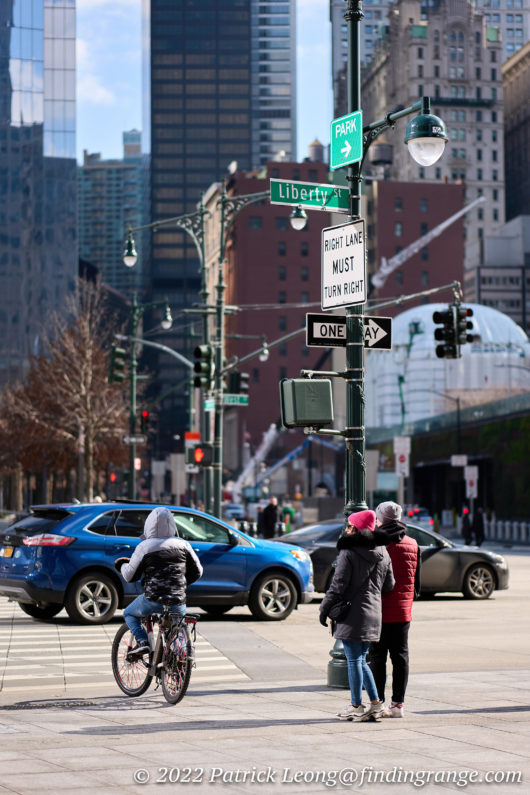
↑ This was taken downtown in NYC using f1.8 and 100 ISO.
Panasonic Lumix S 85mm f1.8 Lens Bokeh:
For those who are interested in taking full advantage of the f1.8 aperture to isolate subjects, I’m happy to say that thanks in part to its rounded nine-blade diaphragm, the shallow depth of field, and bokeh look beautiful and very smooth. At least from the photos I took, I didn’t see anything in the backgrounds that I felt was distracting or out of place. Backgrounds melt away so nicely that for some, they might not even miss an 85mm with a larger maximum aperture like f1.4. Bokeh is subjective but I feel this lens performs beautifully in this category.
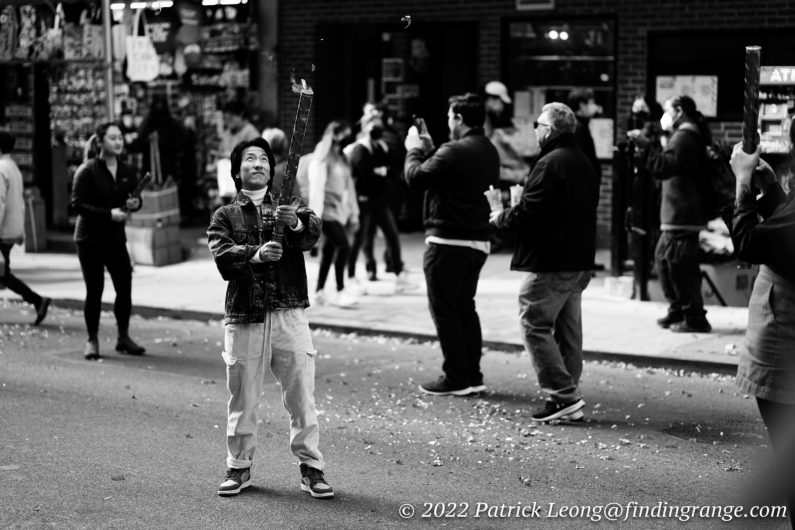
↑ Here’s one taken with f1.8 and 100 ISO.

↑ This was taken with f1.8 and 100 ISO.
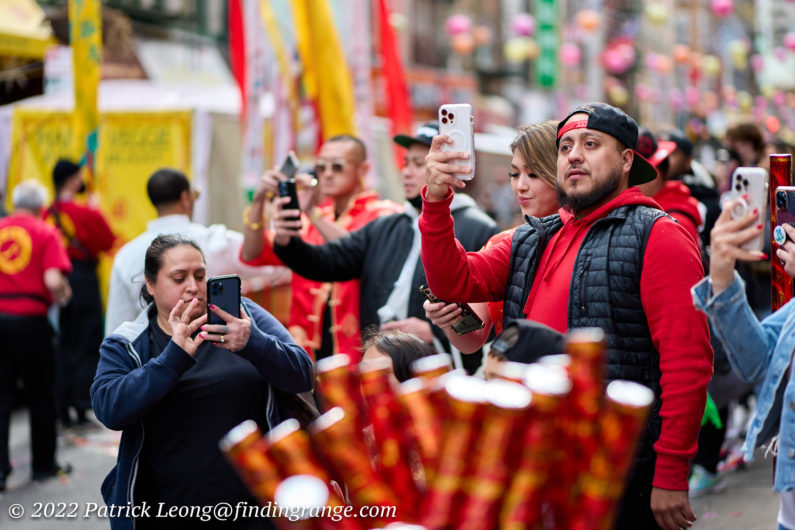
↑ This was taken during the Chinese New Year Lunar Festival using f1.8 and 400 ISO.
Pros And Cons:
Pros:
- Well made.
- Light and compact.
- Fast, accurate, and near silent autofocus.
- Excellent image quality.
- Sharp even at f1.8.
- Great bokeh.
- Decent Price.
Cons:
- The mostly plastic build is solid, well constructed, and helps to make the lens feel light but it also feels a bit cheap in my opinion.
- No image stabilization.
Panasonic Lumix S 85mm f1.8 Lens Verdict:
The Panasonic Lumix S 85mm f1.8 is a very solid performer that I’m sure many will love. The 85mm ticks all the right boxes, and it just has so much going for it. In my opinion, it really has the features most are looking for in a short tele lens. These key features are build, great autofocus, excellent image quality, and with a large maximum aperture to top things off. Lastly, the price of $597.99 not only makes it even more desirable, and obtainable, it opens the doors for more people to try the L mount system.
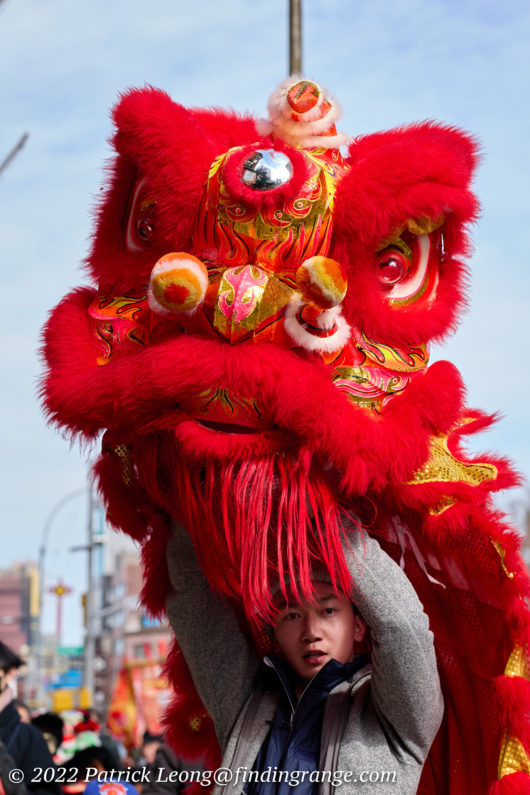
↑ This was taken with f5.8 and 800 ISO.

↑ This was taken in Asbury Park using f5.6 and 200 ISO.

↑ Here’s a photo taken at wide open aperture with 200 ISO.
Of course, there are other similar lenses in the L mount system that might be compared often to the Panasonic 85mm f1.8. For instance, the one I was directed messaged about several times when I posted my first impressions of the Panasonic is the Sigma 85mm f1.4 DG DN Art. The Sigma is a beautiful lens that is currently my favorite 85mm for L mount (my review here). I absolutely love this lens. The images from the Sigma are simply phenomenal but with that said, I feel there’s enough between the two here that it makes sense both exist.
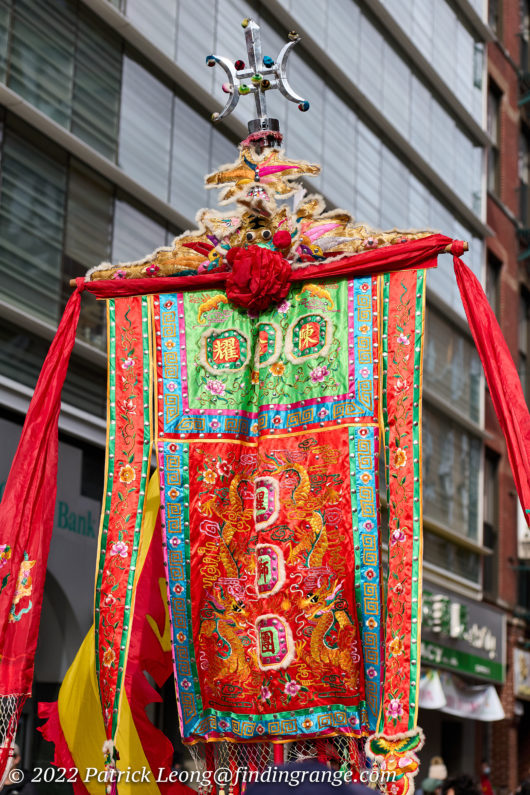
↑ I used 400 ISO here and f4.
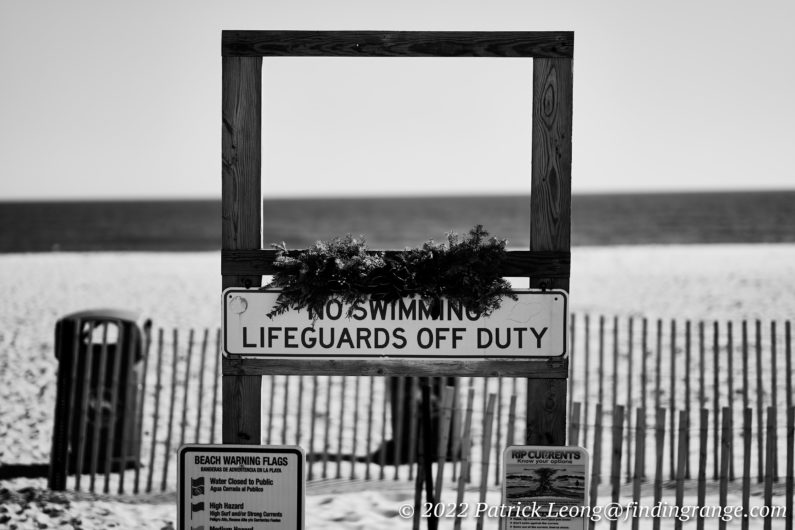
↑ Here’s another from Asbury Park taken using f1.8 an 100 ISO.

↑ I was in Asbury Park, and took this with the lens set at f11 and the camera set at 200 ISO.
The Sigma 85mm is the ultimate in my eyes: it has the right aperture and everything but for that small difference in aperture speed, you’re essentially paying double the price. At 625 g, it’s considerably heavier, and larger as well. So, in the end, it really depends on what you want out, and what you value most from a lens.
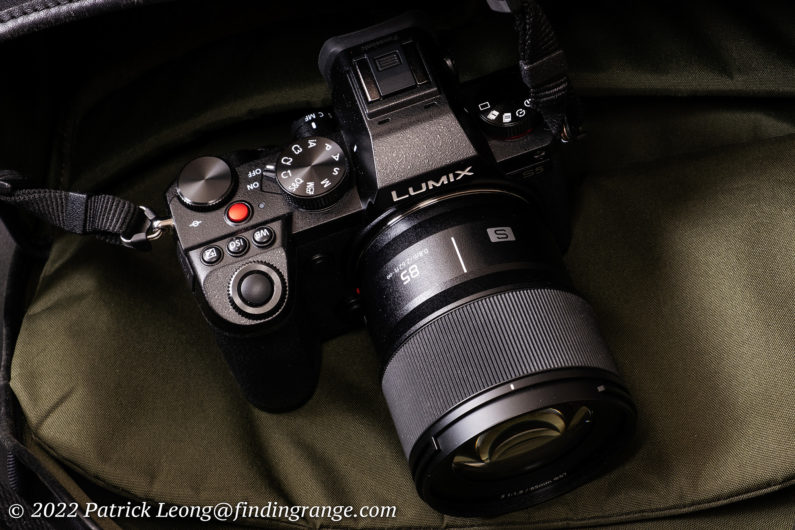
↑ Here’s one more photo of the Panasonic Lumix S 85mm f1.8 lens attached to the S5.
With all that said, I have to say that I am very impressed by what Panasonic has done with the Lumix S 85mm f1.8. Performance is really high, while the price isn’t going to break the bank. At the same time, this is a lens that is also easy to take along, and shoot with thanks to it being light and compact. I don’t think many will be disappointed with this lens, and therefore, I would highly recommend anyone looking for a decent 85mm to take a closer look at this one.
Thanks for taking the time to read my review! If you’re considering purchasing the Panasonic Lumix S 85mm f1.8, and my review helped you decide, please help support this site by purchasing from the links below or any mentioned in this review. It will not cost you anything extra. Thank you for your support!

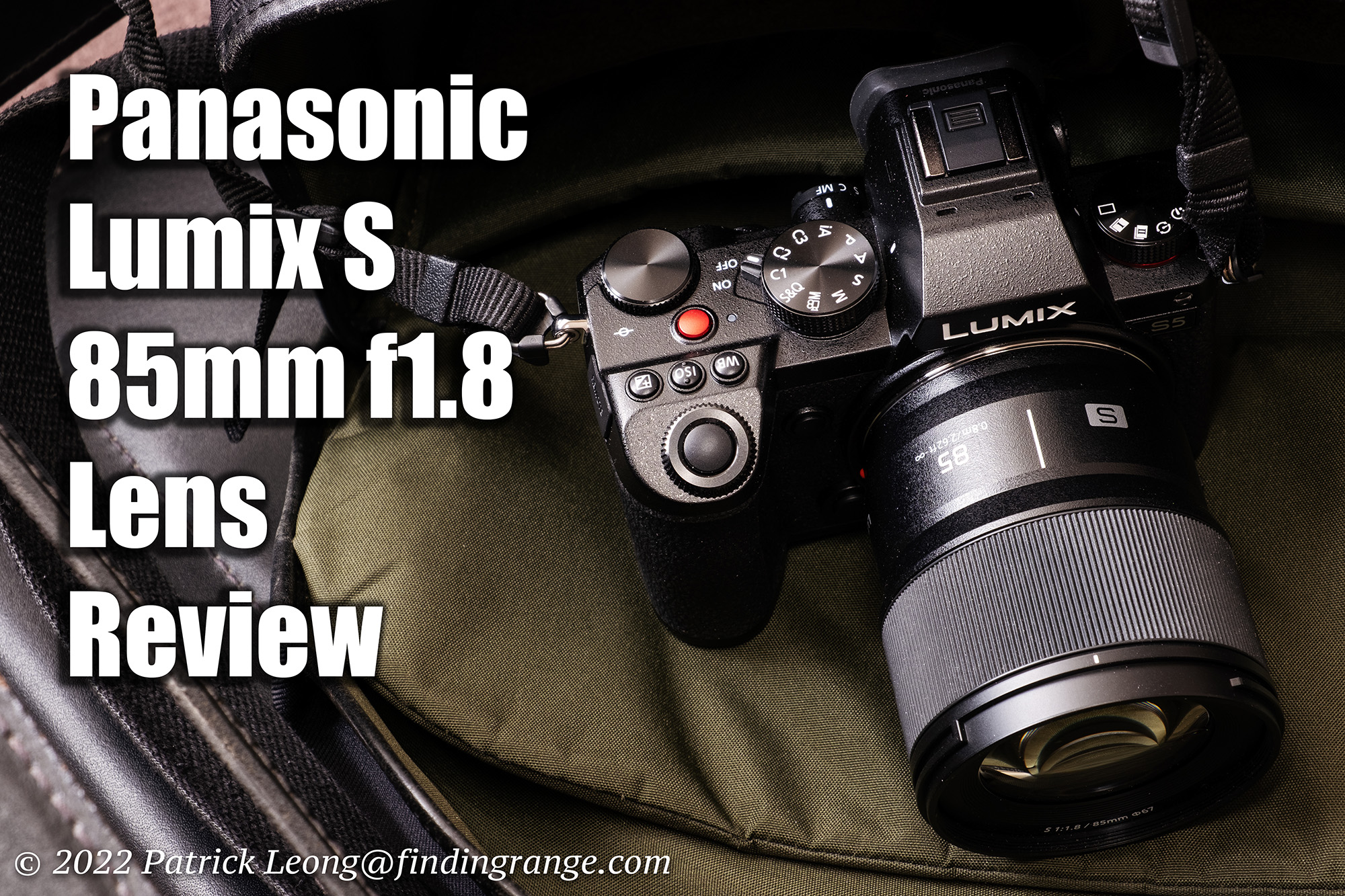
Hey Patrick,
I am about to get either this lens or the Sigma 2,8/90mm for my S5. From what I have seen so far, the Panasonic lens seems to have a smoother Bokeh than the Sigma one. Can you confirm that?
Hi,
Apologies for the late reply! I have been away for a while.
I don’t think the bokeh is necessarily smoother. It may look smoother because of the difference in maximum apertures. Both are great lenses though. I hope that helps!
Best,
Patrick